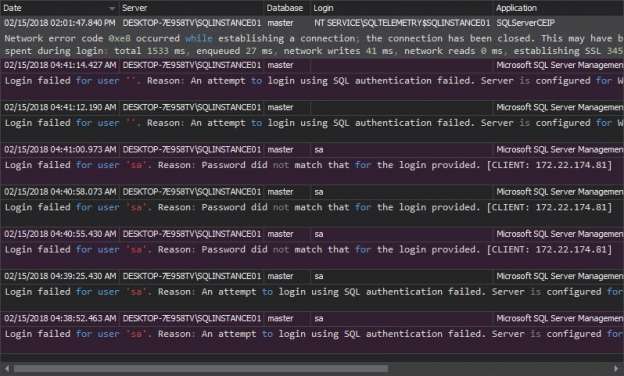What is Basel II
The Basel Capital Accord Basel II a set of international banking standards based on three mutually reinforcing pillars, issued by the Basel Committee on Banking Supervision in June 2004. It’s an improvement of the Basel I Accord, and it introduces a new approach to data management
Pillar 1 – minimum capital requirements – defines the minimum capital required to cover the risks that the bank might encounter. To put it simply – the financial institutions are required to have enough cash to cover potential risks.
October 16, 2013









